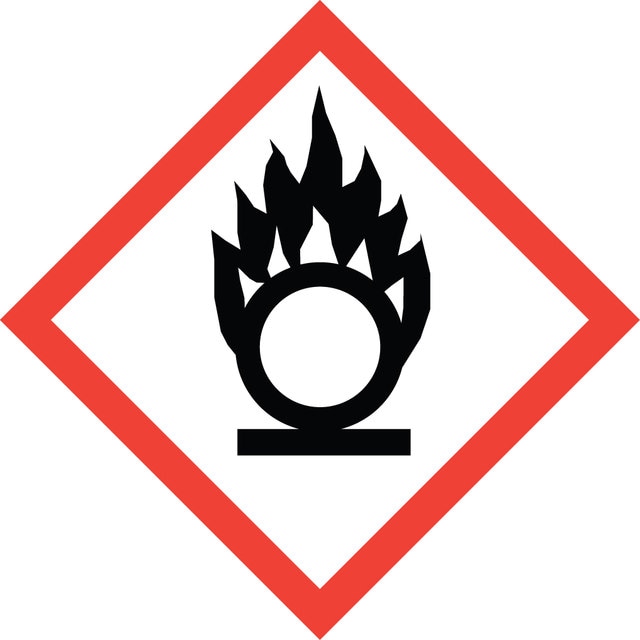Select a Size
About This Item
Product Name
Potassium peroxodisulfate, puriss. p.a., ACS reagent, ≥99.0% (RT)
InChI
1S/2K.H2O8S2/c;;1-9(2,3)7-8-10(4,5)6/h;;(H,1,2,3)(H,4,5,6)/q2*+1;/p-2
InChI key
USHAGKDGDHPEEY-UHFFFAOYSA-L
SMILES string
[K+].[K+].[O-]S(=O)(=O)OOS([O-])(=O)=O
grade
ACS reagent
puriss. p.a.
assay
≥99.0% (RT)
form
powder or crystals
impurities
≤0.001% total nitrogen (N)
pH
2.5-4.5 (25 °C, 27 g/L)
solubility
water: soluble (52.77 g/l soluble (68 °F / 20 °C) pH: 3.8)
anion traces
chloride (Cl-): ≤10 mg/kg
cation traces
Ag: ≤5 mg/kg
Al: ≤5 mg/kg
Ba: ≤5 mg/kg
Bi: ≤5 mg/kg
Ca: ≤50 mg/kg
Cd: ≤5 mg/kg
Co: ≤5 mg/kg
Cr: ≤5 mg/kg
Cu: ≤5 mg/kg
Fe: ≤5 mg/kg
Li: ≤5 mg/kg
Mg: ≤100 mg/kg
Mn: ≤1 mg/kg
Mo: ≤5 mg/kg
Na: ≤200 mg/kg
Ni: ≤5 mg/kg
Pb: ≤5 mg/kg
Sr: ≤5 mg/kg
Tl: ≤5 mg/kg
Zn: ≤5 mg/kg
application(s)
forensics and toxicology
Quality Level
Looking for similar products? Visit Product Comparison Guide
Related Categories
Application
- A polymerization initiator in the synthesis of polyacrylamide via radical polymerization of acrylamide.
- An oxidizing agent in the photochemical oxidation of atrazine aqueous solution.
K2S2O8 can also be used in the following process:
- K2S2O8-AgSCF3 catalytic system is used in the direct trifluoromethylthiolation of unactivated C(sp3)-H bonds under mild conditions. Usage of K2S2O8 in this process plays an important role in the activation of the C-H bond and the oxidation of AgSCF3.
- K2S2O8-FeCl3 is used for the thiocyanation of 2H-indazoles using ammonium thiocyanate as a thiocyanating agent.
General description
Other Notes
signalword
Danger
Hazard Classifications
Acute Tox. 4 Oral - Eye Irrit. 2 - Ox. Sol. 3 - Resp. Sens. 1 - Skin Irrit. 2 - Skin Sens. 1 - STOT SE 3
target_organs
Respiratory system
Storage Class
5.1B - Oxidizing hazardous materials
wgk
WGK 1
flash_point_f
Not applicable
flash_point_c
Not applicable
ppe
Eyeshields, Faceshields, Gloves, type P3 (EN 143) respirator cartridges
Regulatory Information
Choose from one of the most recent versions:
Already Own This Product?
Find documentation for the products that you have recently purchased in the Document Library.
Our team of scientists has experience in all areas of research including Life Science, Material Science, Chemical Synthesis, Chromatography, Analytical and many others.
Contact Technical Service

